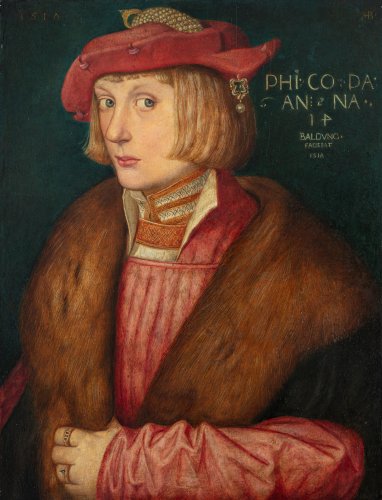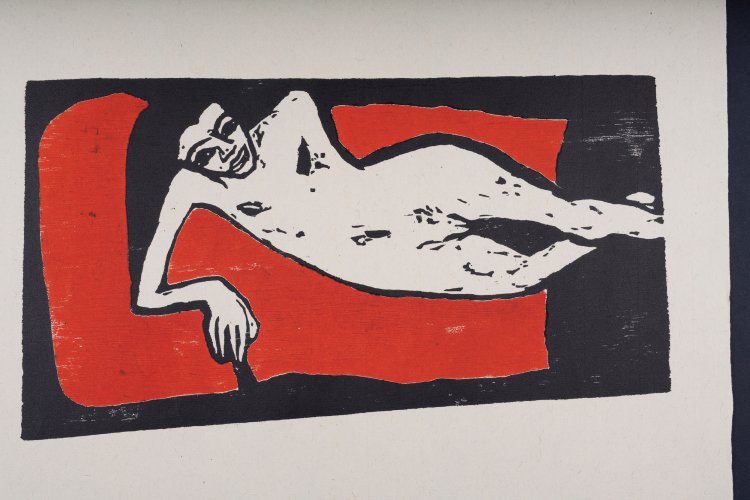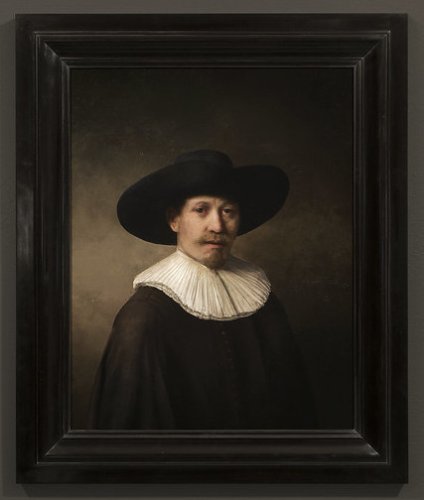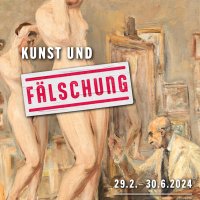Art and forgery
Learning the right thing from the wrong thing
Deceptively genuine and well-disguised forgeries find their way into the art trade time and again. When they are discovered, they sometimes make spectacular headlines. For the first time, the Kurpfälzisches Museum and the Institute for European Art History at Heidelberg University are bringing to light a large number of confiscated forgeries. These include supposedly original paintings, drawings and prints by renowned artists such as Lucas Cranach, Rembrandt, Vincent van Gogh, Paula Modersohn-Becker, Salvador Dalí and Pablo Picasso. They originate mainly from the evidence rooms of the LKAs in Berlin, Munich and Baden-Württemberg in Stuttgart and are brought together in the HeFäStuS forgery study collection at Heidelberg University. Supplemented by precious originals, the exhibition offers an insightful search for clues and an exciting comparison of real and fake. A portrait in the style of Rembrandt is also on display as a special highlight. The work, created using AI and 3D printing, is probably the most famous artificially painted picture of our time.
This exhibition is available in
German
Content available online
Museum details
Address
Hauptstraße 97
69117
Heidelberg
+49 6221 58 34 020
Opening hours





